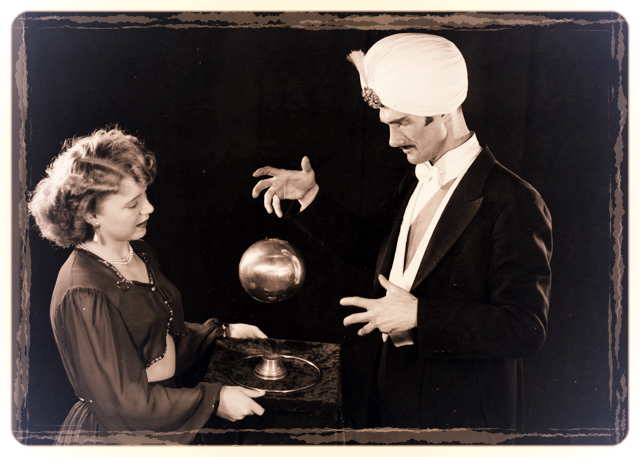Sep 01, 2015 12:24 PM Filed in:
How Things Work | Did You Know?
"Science is magic that works"
Kurt Vonnegut
That Magic Sound
Listen to this recording. It will have more impact if you listen on stereo speakers. I'll wait...
...What did you hear? I'll tell you what I heard later in this newsletter. Download it or bookmark the link and go back and listen at different times and days. Depending on your mood, you may hear different words the next time. You may even start hear the "voice" in a different accent.
Researcher Dr. Diana Deutsch at UC San Diego has been studying the psychology of sound since the mid-1960's. Her findings illustrate how people can hear musical tones wildly different from each other. These "illusions" can cause great disagreements between listeners, even highly trained musicians. And interestingly, one group of stereo illusions has right-handers and left-handers perceiving them differently. Results from experiments with the
Tritone Paradox show differences between geographic regions, indicating that languages and dialects affect perception.
Deutsch is not the first researcher to notice the brain playing tricks. Back in 1839, Prussian Physicist Heinrich Wilhelm Dove found that when a listener hears two separate tones that are slightly different in pitch - one in each ear - a third phantom tone is produced. It only works with tones lower than 1,500 Hz (or about 2 octaves above middle C). The phantom tone that is produced is the difference between the two tones. So if 500 Hz and 520 Hz are played, the difference is 10Hz. To the brain, it sounds wobbly. This phenomenon called "binaural beats" can't be measured because it's a phantom sound.
Listen to an example here. Musicians will recognize this phantom sound when two guitar strings or instruments playing the same note are out of tune.
There are many more musical and synthesized speech illusions, most of which
can be found on Dr. Deutsch's web site. I think this explains the phantom sounds that sometimes occur in multi-track sound productions. As track counts increased, mixing engineers complained more and more about phantom sounds popping up out of nowhere. Sometimes just lowering one track makes it go away, but with dozens of tracks, it's cumbersome to find the culprit. These phantom sounds also occur in large music ensembles, sometimes bringing a rehearsal to a screeching halt.
Back to the first sound I had you listen to. What did you hear? If you were hungry or tired, you might of heard one thing. If you were anxious or angry you probably heard something different. Dr. Deutsch found that females often heard phrases about love, while males sometimes heard sexually explicit ones. Want to know what I heard?
"No way."
Way!
Did You Know?
- A Tritone is actually two notes, separated by a half-octave. An example would be C and F#. A familiar song has the tritone as the first two notes of "Maria" from West Side Story. Ma (C) - ri (F#) - a (G).
- The Tritone Paradox was discovered by Dr. Deutsch in 1986.
- The Tritone Paradox: one computer tone of the pair is played first, then the second tone is played.
- Some people hear the two notes ascending, others hear them descending.
- If the two tones are transposed (such as G#-D) those who first heard the tones ascending might hear them descending.
- Dr. Deutsch found that people from different regions or countries heard the tones differently. She attributes this to differing speech patterns and dialects.
- Spoken phrases looped and repeated continuously start to take on musical properties. Dr. Deutsch believes this supports the centuries-old argument by philosophers and musicians that music and speech are strongly linked.




